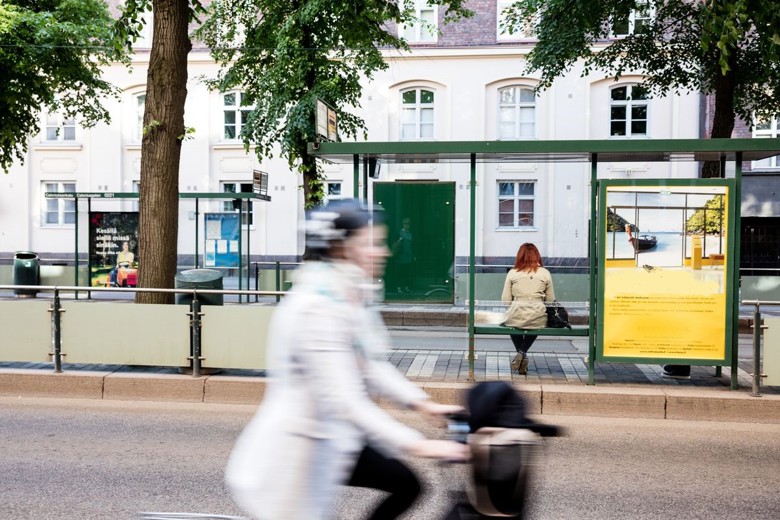Air quality plans

Air quality can be improved by lowering the emissions that reduce air quality, influencing the spread of air pollutants and reducing people’s exposure through various means. In accordance with the EU’s air quality legislation, member states have prepared national air pollution control programmes. Finland’s National Air Pollution Control Programme 2030 includes measures to reduce wood burning, traffic and street dust.
If the air quality limit values set by the EU are exceeded in a municipality, the municipality is obliged to draw up an air quality plan with measures that will allow the municipality to fall below the limit value as soon as possible. In the Helsinki Metropolitan Area the concentrations are below limit values. The City of Helsinki has, however, adopted Helsinki's Air Quality and Noise Abatement Plan for 2024–2029.
If air quality alert thresholds are exceeded, a short-term action plan must be prepared. The alert thresholds have not been exceeded in Finland.
Measures to promote air protection often also reduce emissions that cause climate change. As a result, measures to promote air protection are frequently included in cities’ climate and environmental programmes and strategies. For example, the use of low-emission vehicles and fuels, as well as the promotion of sustainable modes of transport and low-emission energy production, provide both air quality and climate benefits. Reductions in the emissions from wood burning are sought especially by means of communication and by promoting the development of cleaner fireplaces. Street dust is combated, for example, through active dust suppression and efficient street washing methods.
HSY has drawn up a communication plan that presents a common approach for informing about special air quality situations in the Helsinki metropolitan area. The plan addresses four different air pollutants and their specific situations. Concentrations of thoracic particles (PM10) rise especially in spring when road dust is stirred up from dry street and road surfaces. High levels of fine particles (PM2.5) in the metropolitan area’s air are usually caused by pollutants or smoke transported from distant regions. Nitrogen dioxide (NO2) from traffic exhaust increases in the metropolitan area’s air when weather conditions involve an inversion, which prevents air mixing and the dilution of pollutants. High ozone (O3) peaks in the metropolitan area’s air are due to long-range transport from other European countries.